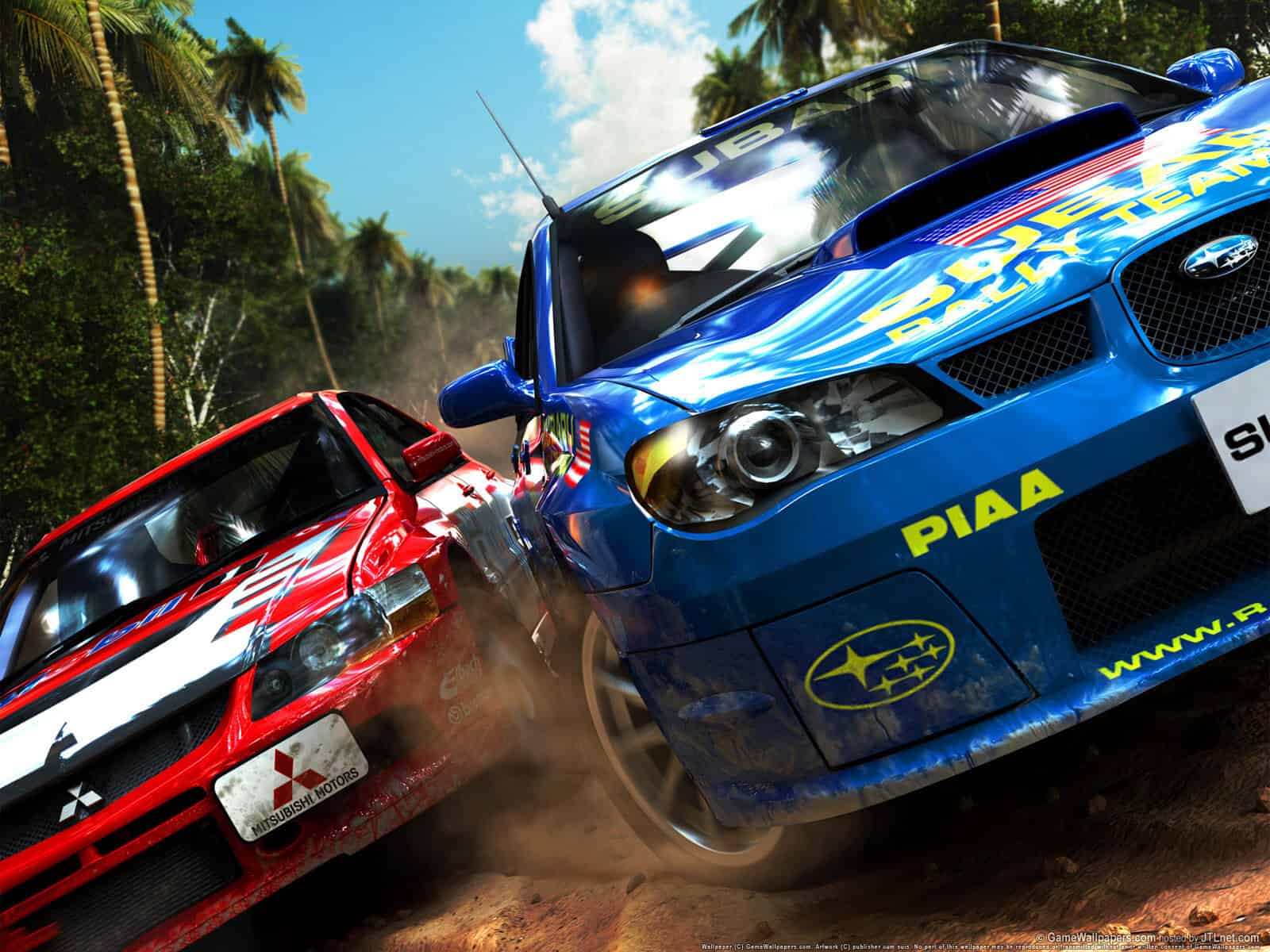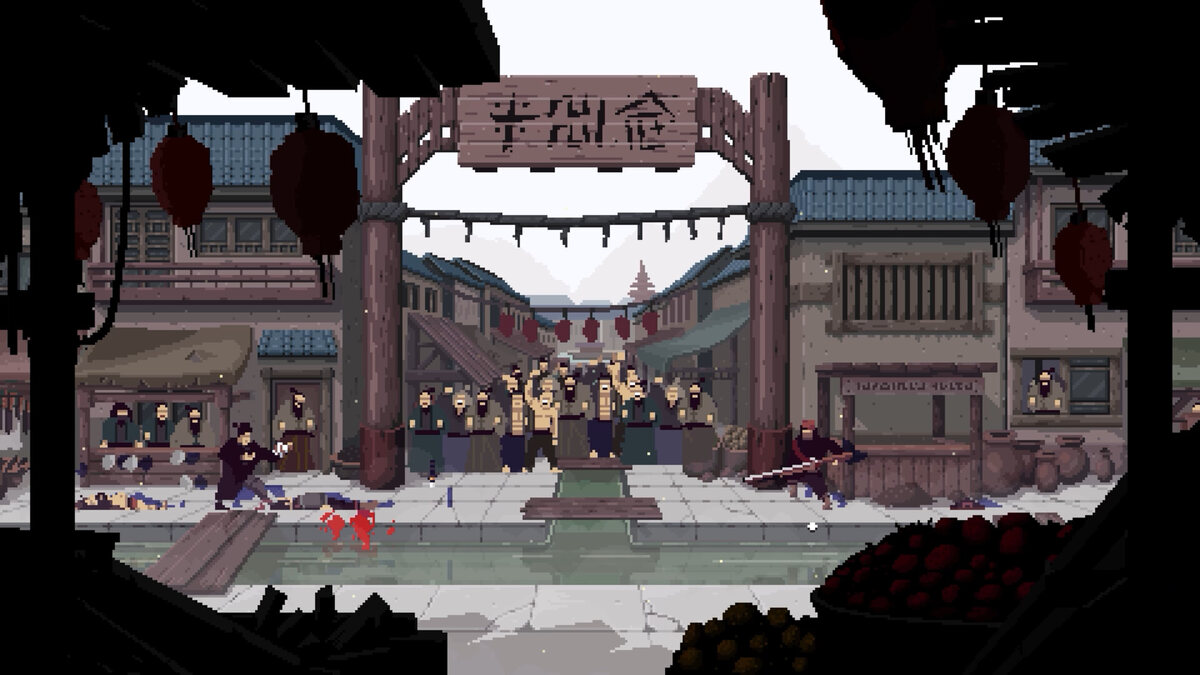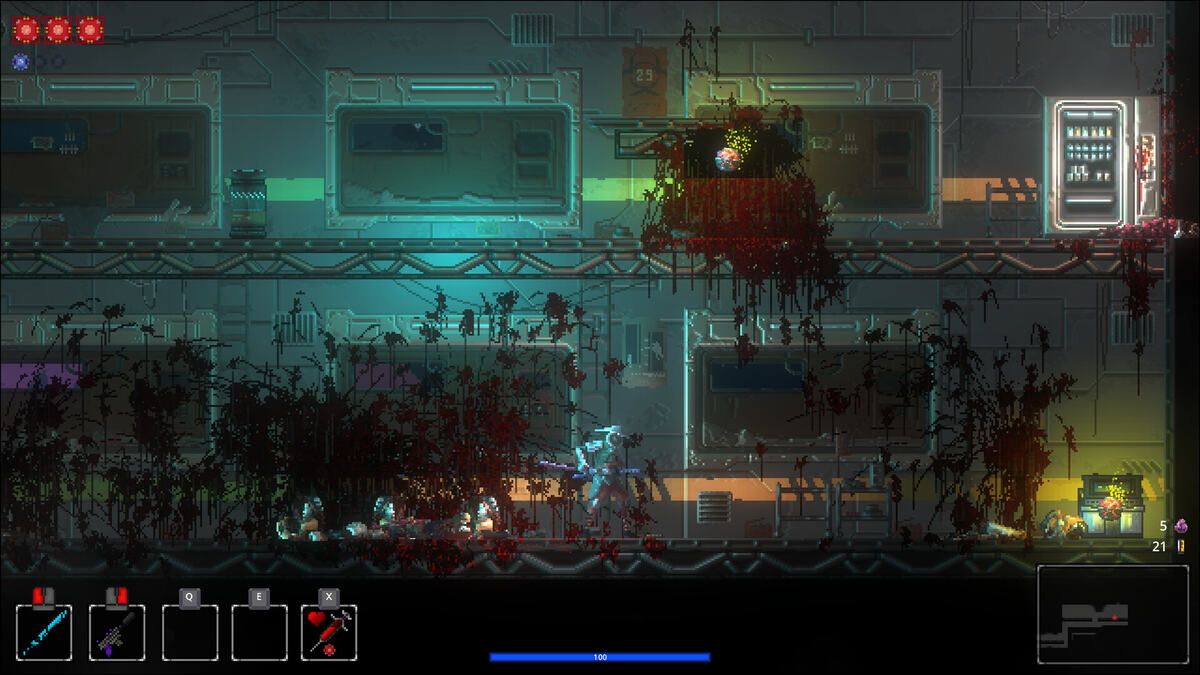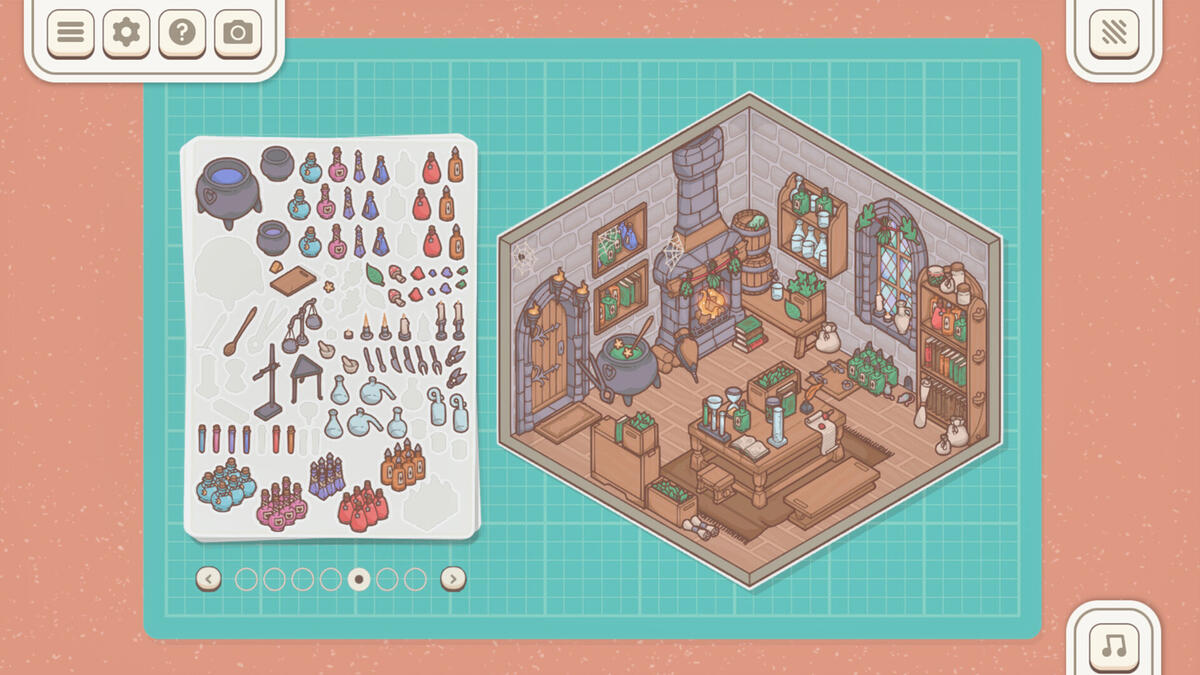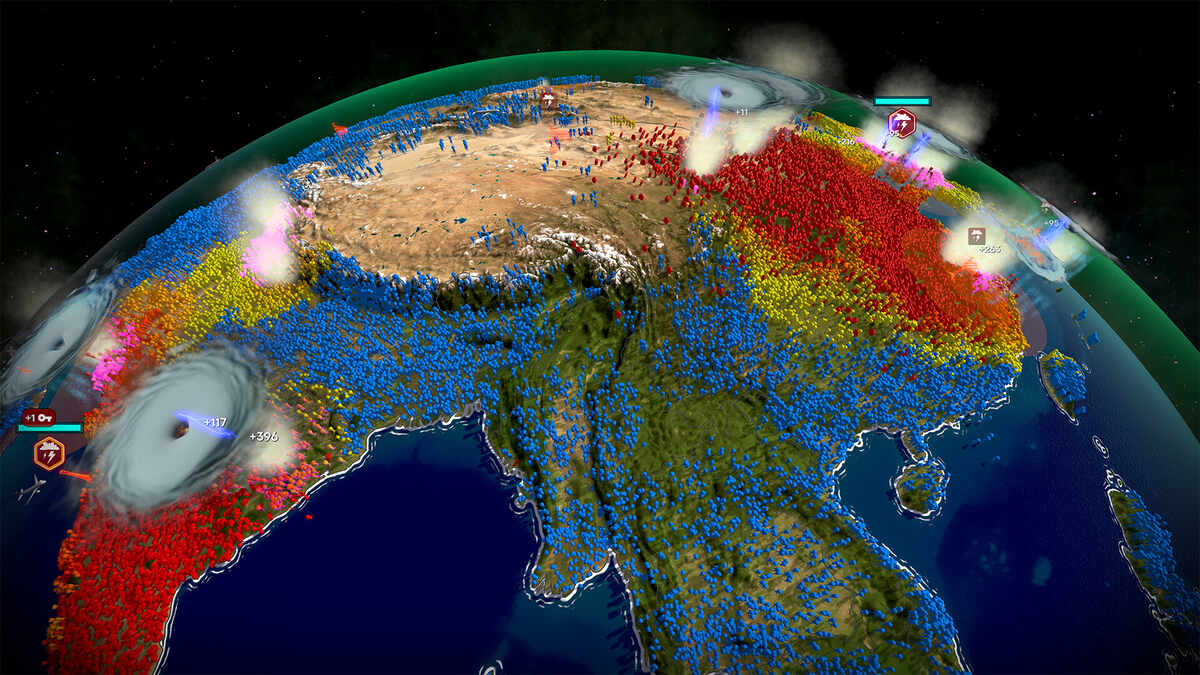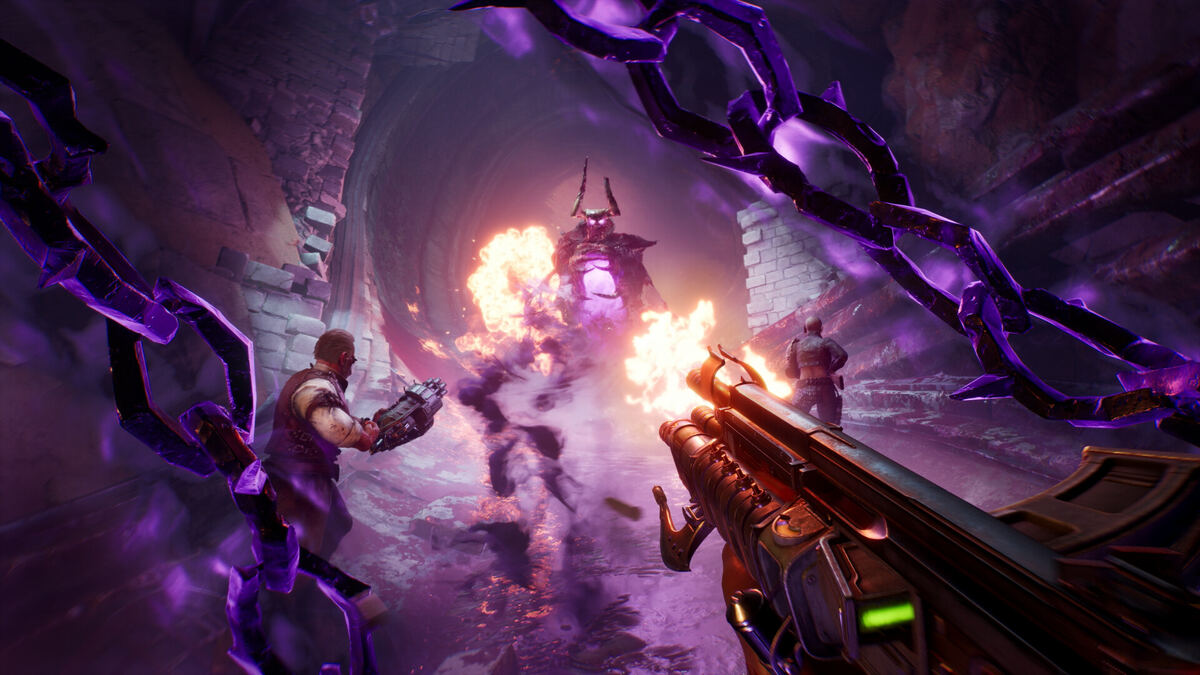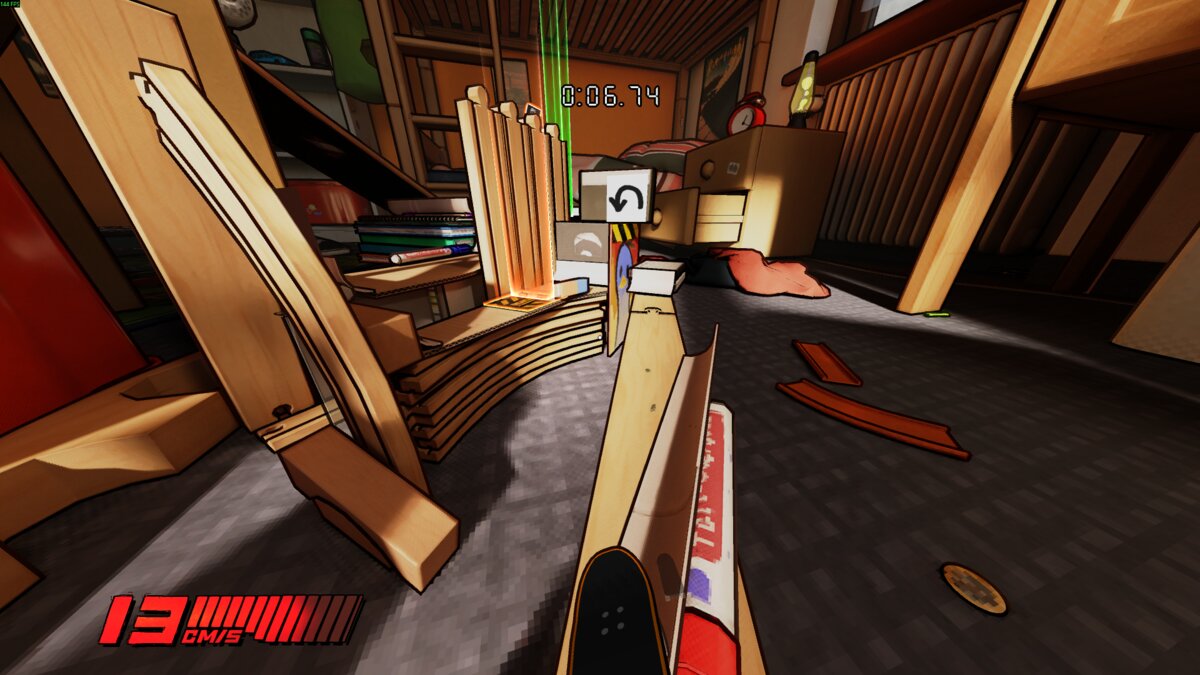You can trust VideoGamer. Our team of gaming experts spend hours testing and reviewing the latest games, to ensure you're reading the most comprehensive guide possible. Rest assured, all imagery and advice is unique and original. Check out how we test and review games here
Hidden deep inside SEGA’s E3 stand and accessible only to the most important of people was SEGA’s new Driving studio, formed with mass market as its goal, armed with a remit to expand the racing experience. Self importance aside, SEGA Rally was put before us with the kind of pride that only SEGA employees can muster. A working and completely real-time demo demonstrated where the franchise was going in the move to the next-generation consoles.
The demo began with a look at the realistic, but still SEGA influenced environment, showcasing the graphical prowess of the PlayStation 3 that the game was running on. However, on first look it’s clear that the game is in its very early stages. Whilst the car demonstrated on screen looked impressive, texture work was a bit spotty in places. After a surprise visit from Sonic – happily fishing at the water’s edge – just to prove we were seeing a SEGA game, we begin in earnest.
To give you some kind of comparison before throwing polygon counts at you, let’s talk PGR3. Every car on and offline in PGR3 had a minimum of 120,000 polygons per car, making them possibly the most graphically advanced cars ever modelled in a video game. Eight players on screen at once, whether online or off, made this a fantastic experience. Now, when we look at SEGA Rally on a technical level, it really doesn’t measure up to the standard set by Microsoft’s leading driving game. Only 20,000 polygons per car is a stark difference and, quite frankly, if it weren’t for the deformation of the environments, we’d ask what in god’s name SEGA Racing Studio were playing at. However, back to the deformation eh?
Each car in the game has its own mass, and affects the world individually, deforming the top layer and, depending on the class of car, the bottom layer of soil on the track. Neat feature right? Now throw in another seven cars all deforming the track and creating ridges for you to speed over, or follow for a better racing line. The more you stay inside these dynamically created grooves, the faster you’re able to race due to improved tyre grip, giving you an advantage over your opponent
To demonstrate this, the SEGA representative pulled off a few donuts, each cutting into the ground still further, creating ever deeper ridges to drive in, or avoid. Adding a little pedal on the accelerator enables smooth and slow movement, allowing each wheel to show its independent movement and suspension as it glided over the tracks made a short while ago. Your impressions already planted firmly on each corner and straight remain intact, allowing a truly evolving experience and, moreover, an immersive experience for the gamer.
SEGA Rally on the PlayStation 3 is being developed in tandem to the 360 version, although we didn’t get a chance to see the Xbox 360 version in action. The frame rate in the PlayStation 3 version was stuttering slightly, however, it wasn’t running on final hardware, nor had the game been optimised, mainly due to its early build status.
What the game does promise is an exceptional amount of fun, spurred on by a classic license brought bang up to date. Judging by the work in progress status of the game, we’re not sure it’ll hit the shops before next year, but it’s certainly a game to watch out for. With a strong arcade pedigree behind it, SEGA Rally looks like it’ll be the rally racing game to beat when it finally reaches the light at the end of the tunnel.
SEGA Rally
- Platform(s): PC, PlayStation 3, PSP, Xbox 360
- Genre(s): Action, Arcade, Racing
